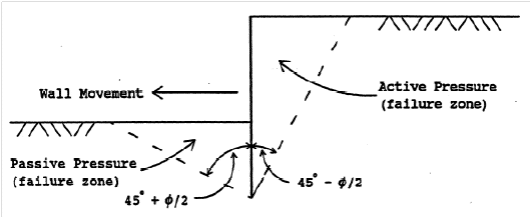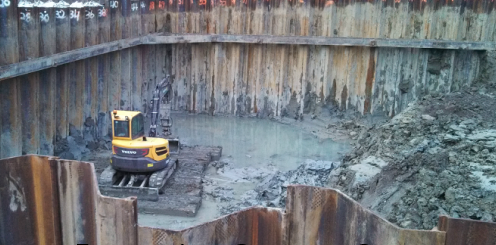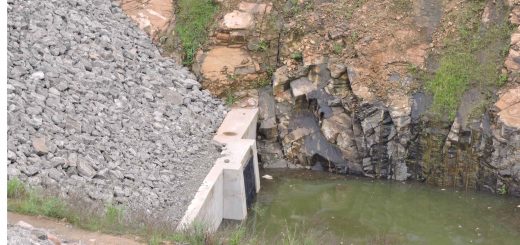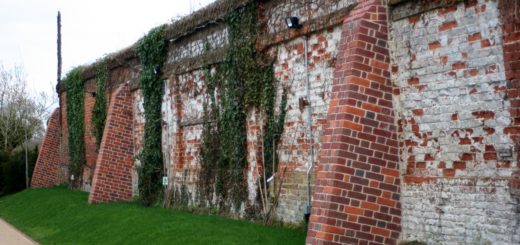Passive Earth Pressure | For Design Safety
As civil and structural engineers, it is important to understand the concept of passive earth pressure, which is the pressure exerted by earth materials against various types of retaining walls or structures. Passive pressure significantly influences the stability and design of retaining walls and other structures and is critical to the understanding of earth and soil mechanics. In this blog post, we will discuss the concepts of passive earth pressure, its implications on design, and its relevance to civil and structural engineering.
There are two main types of earth pressure: active and passive. Active earth pressure is created by the weight of the soil and the surcharge, while passive pressure is created by the weight of the soil itself. The difference between the two is that active earth pressure is created by the movement of the soil, while passive soil pressure is created by the soil’s weight without movement. Passive pressure is important to understand because it is the pressure that retaining walls and other structures must resist.
Passive earth pressure is the force that the Earth exerts on retaining walls and other structures. It is a result of the interaction between soil and the structure, as well as gravity. It is not related to active earth pressures, which are caused by groundwater or expansive soils. The concept of passive pressure was first introduced in 1806 by French engineer Jean-Charles Duhamel du Monceau, who recognized that retaining walls must be founded in the soil to resist vertical loads. This understanding was further expanded upon in 1852 by James Brunlees, who developed a mathematical description of passive pressure with his basic formula for passive earth pressure.
Several factors affect the amount of passive pressure that is exerted on a retaining wall or structure.
- The most important factor is the weight of the soil. The more weight the soil has, the more pressure it will exert.
- The type of soil also affects it. Cohesionless soils, such as sand, have a lower passive pressure than cohesive soils, such as clay.
- The angle of internal friction also affects passive earth pressure. The larger the angle, the greater the pressure.
Passive earth pressure has several implications for the design of retaining walls and other structures.
- The most important implication is that the structure must be able to resist pressure. This can be accomplished by designing the structure to have a large enough cross-sectional area to resist the pressure, or by increasing the weight of the structure.
- In some cases, it may be necessary to do both. The angle of internal friction must also be taken into account when designing a structure to resist passive pressure. The angle of internal friction will dictate the amount of pressure that the structure must be able to resist.
Passive pressure is a critical consideration in the design of retaining walls and other structures. By understanding the concept, the implications on design, and the factors that affect passive earth pressure, civil and structural engineers can ensure that the structures they design are safe and stable.
An Introduction to passive pressure is a critical consideration in the design of retaining walls and other structures. By understanding the concept, the implications on design, and the factors that affect passive earth pressure, civil and structural engineers can ensure that the structures they design are safe and stable. The Importance of Passive Pressure Earth itself has a significant bearing capacity, but it is not constant. This means that relative to the support provided by adjacent soil or rock masses, the earth behaves as a fluid when subjected to large loads.
In many cases where retaining walls are used for slope stability, earth pressures are not a major factor in their design. However, passive earth pressures must be accounted for in other scenarios such as Unsafe slabs supporting buildings or equipment; earthen dams built with impervious material; tunnels and underground excavations; deep foundations placed in soft soils; and pile caps over tunnels or excavations.
Further information, the article lateral earth pressure could be read.




